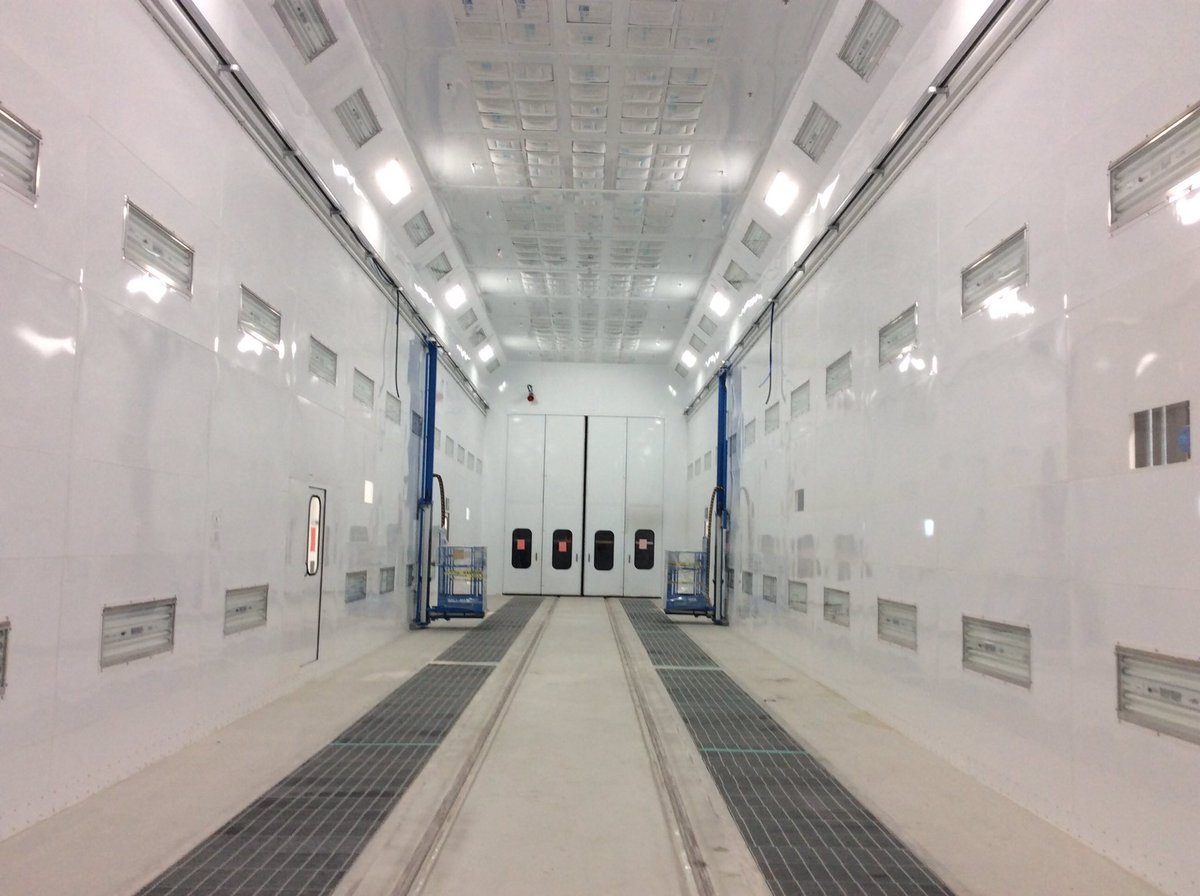Request for Qualifications Issued for Early Stations’ Improvements Project
July 28, 2017
TORONTO - Infrastructure Ontario (IO) and Metrolinx have issued a Request for Qualifications (RFQ) for interested parties to design, build and finance the Early Stations' Improvement project. The infrastructure upgrades on the GO transit lines are required to accommodate the planned increase in GO rail networks.
The RFQ outlines the scope of work required, which includes:
- Rail platform edge tile
- Service information digital signage
- Electrical capacity and electrical room upgrades
- New fare device installations and replacement of existing devices
- Elevator parts upgrades
- Secured bike parking
- Electric vehicle charging stations
- Provisions to accommodate rail electrification at select locations
- Minor station site access improvements
This project is part of Metrolinx's work in support of GO Regional Express Rail (RER). GO RER will provide faster, more frequent and more convenient transit service across the Greater Toronto and Hamilton Area (GTHA), including electrification of core segments of the GO rail network by 2024-25. The program will provide new travel choices for commuters, significantly increase transit ridership, cut journey times and help manage congestion across the GTHA.
Major infrastructure updates are required to bring this level of service to communities across the region, including: adding track, modifying GO stations, improving rail crossings, building required systems for electrification and adding new locomotives and train control systems.
The RFQ is the first step in the procurement process to select a team to deliver the project. IO and Metrolinx will evaluate submissions to prequalify project teams with the relevant construction experience. Teams that qualify will be invited to respond to a request for proposals anticipated for winter 2017. Interested companies must register with
www.merx.com to download the RFQ.
Ontario is making the largest infrastructure investment in hospitals, schools, public transit, roads and bridges in the province's history. To learn more about what's happening in your community, go to
Ontario.ca/BuildON.
Quick Facts:
- According to Ontario's 2017 Long-Term Report on the Economy, every $1 spent on public infrastructure has been shown to increase Gross Domestic Product by $6 in the long term.
- Infrastructure Ontario, collaborating with Metrolinx, is leading the procurement of the RER - Early Stations' Improvement project.
- The project is being delivered using IO's Alternative Financing and Procurement (AFP) model, an innovative way of financing and procuring large, complex public infrastructure projects.
- Projects that are delivered using IO's AFP model have a track record of being 96 per cent on budget and 73 per cent on time or within one month of the scheduled substantial completion date.
Quotes:
“Today's Request for Qualifications is another example of how we are working to provide better GO Transit service to commuters and families across the GTHA. The enhancements we are making to stations across the GO rail network to support GO Regional Express Rail will make taking transit easier and more convenient for thousands of people every day.”
Steven Del Duca, Minister of Transportation
“The Early Stations' Improvement project is key to the expansion of rail services under GO Regional Express Rail (RER). The Ontario government supports critical transit improvements in order to keep people and goods moving, and communities growing.”
Bob Chiarelli, Minister of Infrastructure
“This package of system-wide improvements is the next step in preparing for increased GO service through the Regional Express Rail program. We are pleased to reach yet another milestone in expanding the GO rail network to bring faster, more frequent rail service to the people of the Greater Toronto and Hamilton Area.”
John Jensen, President and CEO, Metrolinx
“The Early Stations' Improvements project is an important component in the delivery of the RER program. IO is pleased to issue the RFQ and we look forward to reviewing the submissions by the market for this AFP project.”
Ehren Cory, President and CEO, Infrastructure Ontario

 Bill Grodzinski@GOgrodzinski301
Bill Grodzinski@GOgrodzinski301










